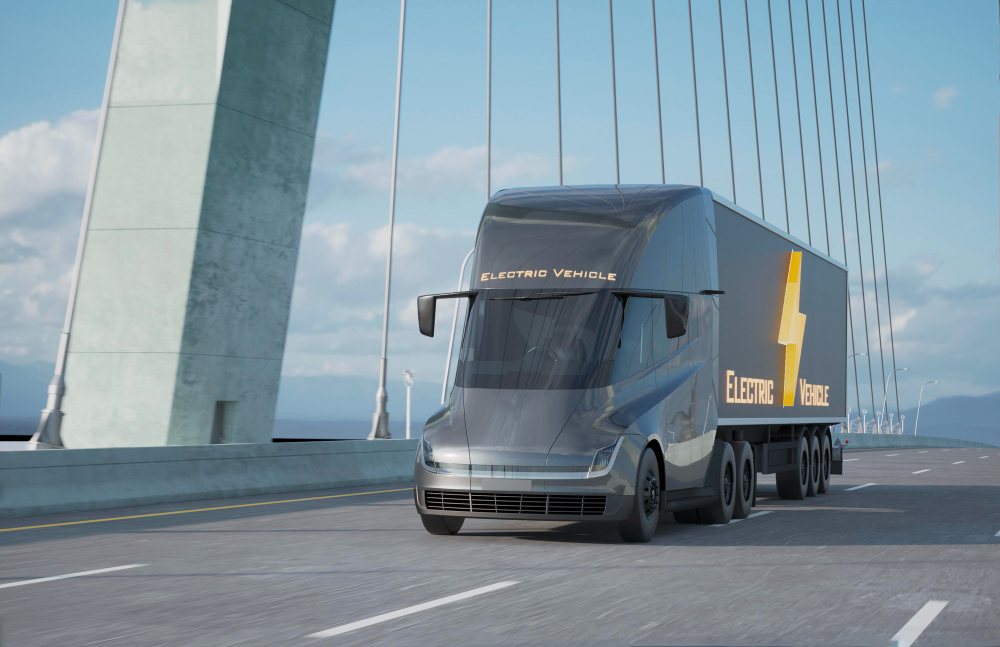Technology related to addressing climate change is all over the media. In the transportation industry in North America, this dialogue is dominated by the advent of heavy-duty trucks and buses that are going to operate emissions-free.
Those championing diesel as the only viable solution for the Class 8 truck market have typically cited short fueling times and long ranges as the primary reasons why diesel isn’t going anywhere anytime soon. However, these specific problems are being addressed by teams of engineers around the world, and the tenure of diesel as the dominant power source is ending sooner than many had anticipated.
Don’t get us wrong: diesel is here to stay for the short term and it is doubtful that the average carrier will need to start planning for a fuel shift within their next warranty cycle. However, everyone should be keeping tabs on the advancement of emission-free trucks – they aren’t as far away as many had thought only a few short years ago.
Electric Vehicles Gaining Momentum
Perhaps the biggest driver behind electric vehicle adoption and advancement is the positive reputation the public generally has about them. Climate change is a serious threat to those living today, and people around the world are demanding more of governments and industries to address their contribution to this global problem.
The USA is in the process of approving a massive bipartisan infrastructure spending bill that allocates considerable resources to the creation of infrastructure for electric vehicles [1]. In Canada, at a time of political jockeying for positions of power, all major political parties are promising to promote electric vehicle adoption if elected [2]. In North America, electric vehicles have significant support from both sides of the political spectrum.
Such momentum behind an idea is impossible to brush aside. While the Class 8 truck market hasn’t seen the influx of electric options that have been seen in the passenger car segment, engineering challenges are systematically being addressed, spurred on by optimistic investors who have confidence in long-term adoption.
OEMs – More Than Just Talk
Original equipment manufacturers (OEMs) all have something in common these days: they are all offering electric options for their medium-duty and heavy-duty trucks. While each company is rolling out electric vehicles in different ways and for different segments of the commercial market, electric powertrains are already common sights in areas throughout North America.
Mack, with their LR Electric, is bringing zero emissions to daily routes for tasks like garbage collecting [3]. Volvo, which already offers electric options for its European market, is offering a variety of haulers along with proprietary charging solutions [4]. Freightliner’s eCascadia, the electric equivalent of their industry-staple Class 8 platform, is bringing Detroit’s ePowertrain to the streets, and given the diesel Cascadia’s current presence in the market, it is hard to imagine that this electric unit will not start to become a common sight in urban centers [5].
Navistar and Paccar are moving forward with battery-electric options for their various heavy vehicle platforms [6, 7]. Those wondering when electric technology will come to classic long-hooded Kenworths and Peterbilts will be watching Paccar’s progress in the electric market. Navistar, with its civilian and military offerings, will likely be making news in the coming years as they create electric versions of their robust diesel systems.
It is accurate to say that the long-haul Class 8 market is the farthest away from electric adoption. Even as range increases, charging times and the necessary infrastructure have a long way to go before being at the same level as diesel. However, what we can say with confidence now is that the powertrains exist and are being tested, and while the day-cab and straight truck operators will be the first to try their hand at electric fleet management, over-the-road operators are not far away from being able to seriously consider electric.
Competing Energy Sources – Hydrogen vs Electric
While there is general consensus in much of the trucking industry that electric is the way of the future, how the vehicles carry their energy source is far from standardized. While different charging stations and infrastructure are competing for top positions in the market, another debate is underway: hydrogen versus battery.
Batteries may seem like the simplest solution. After all, electricity is everywhere, and while the current grid would require bolstering to meet new demands, the infrastructure is not unknown to society. However, batteries are slow to charge and extremely heavy.
Hydrogen fuel cells operate by combining hydrogen and oxygen to produce water. In this process, electricity is created. The hydrogen is not burned in an engine; instead, the fuel cell produces electricity which is used to power the vehicle’s electric motor. Hydrogen offers advantages over batteries because it offers a better power-to-weight ratio and filling the cells can typically be done much faster than charging similar-capacity batteries.
However, hydrogen infrastructure does not exist in most places. Furthermore, some members of the public are concerned with the safety hazards present with hydrogen fuel cells. Hydrogen lacks the track record of batteries, so people may lean towards batteries until the hydrogen crowd demonstrates its efficacy.
Wrap Up
Professional drivers today are already racking up miles in regional work behind the wheels of electric heavy-duty trucks. With societal pressure to clean up the atmosphere, electric vehicles are here to stay and will only increase in presence in the coming years.
Class 8 diesel will not be dethroned in the near future, but at this point, the electric movement has taken hold and it is only a matter of time before average fleet owners will be able to decide for themselves if electric is the way to go.
References
1 – “FACT SHEET: President Biden Announces Support for the Bipartisan Infrastructure Framework”, The White House, accessed September 18th, 2021, https://www.whitehouse.gov/briefing-room/statements-releases/2021/06/24/fact-sheet-president-biden-announces-support-for-the-bipartisan-infrastructure-framework/
2 – “Zero-emission vehicles a burning issue in 2021 federal election”, MobileSyrup, accessed September 18th, 2021, https://mobilesyrup.com/2021/09/02/zero-emission-vehicles-a-burning-issue-in-2021-federal-election/
3 – “LR Electric”, Mack, accessed September 18th, 2021, https://www.macktrucks.com/trucks/lr-series/lr-electric/
4 – “The Future of Electric Trucks”, Volvo Trucks USA, accessed September 18th, 2021, https://www.volvotrucks.us/innovation/electromobility/
5 – “eCascadia”, Freightliner, accessed September 18th, 2021, https://freightliner.com/trucks/ecascadia/
6 – “Battery Electric Vehicles”, Navistar, accessed September 18th, 2021, https://www.navistar.com/our-path-forward/battery-electric
7 – “Kenworth and Peterbilt Zero Emissions Trucks Summit 14,115-Foot Pikes Peak”, Paccar, accessed September 18th, 2021, https://www.paccar.com/news/current-news/2020/kenworth-and-peterbilt-zero-emissions-trucks-summit-14-115-foot-pikes-peak/





Comments are closed